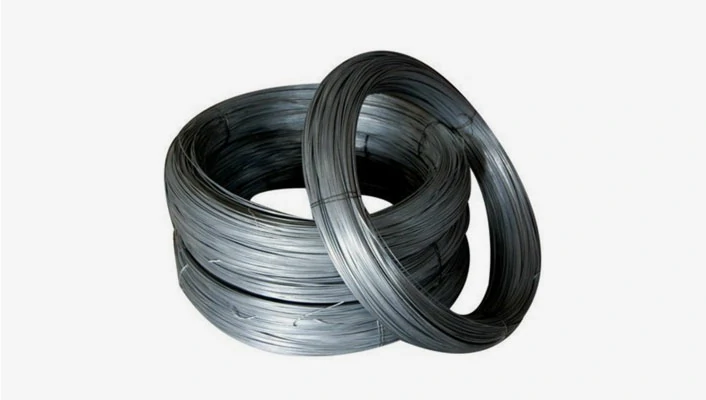floor board nail
The Importance of Floor Board Nails in Home Construction
When it comes to building and renovating homes, details can make all the difference. One of the often-overlooked elements is the humble floor board nail. Although small in size, they play a critical role in the structural integrity and durability of wooden flooring. Understanding their importance helps homeowners and builders appreciate the intricacies of floor installation.
Floor board nails are specifically designed for securing wooden boards to the subfloor or joists beneath. Generally made from steel, these nails are chosen for their strength and corrosion resistance, ensuring they can withstand the weight and movement of everyday life. This is crucial since wooden floors are subjected to a variety of pressures, including foot traffic, furniture weight, and environmental changes.
One may wonder why nails are preferred over other fasteners like screws or adhesives. While screws provide good holding power, they can also create splintering in hardwoods and are more time-consuming to install. Adhesives might offer a strong bond but can lead to difficulties in repairs or replacements if a board gets damaged. Floor board nails, on the other hand, allow for quick installation and facilitate easier removal of boards, making maintenance and repairs a breeze.
The installation process of floor board nails is a meticulous task. Proper spacing is essential to ensure that the floor boards are held securely without being over-tightened, which can lead to cracks or warping. Typically, nails are driven at an angle through the tongue of the board, which helps to hide the fasteners while also providing a tight fit. This method is particularly important in tongue-and-groove flooring, where the interlocking boards provide added stability.
floor board nail

Another factor to consider is the choice of nail size and type. Floor board nails come in various lengths and gauges, each suited for different wood types and thicknesses. For instance, thinner nails are often used for softer woods, while thicker, longer nails are appropriate for dense hardwoods. Using the right size is crucial; too short and they won’t hold the boards securely, too long and they risk protruding through the floor surface, creating safety hazards and aesthetic issues.
In addition to technical considerations, the aesthetic aspects of floor board nails are noteworthy. When installed correctly, nails can be barely visible, allowing the beautiful patterns and grains of the wooden floor to take center stage. However, in some design styles, exposed floor board nails can contribute to a rustic charm. In such cases, choosing decorative nails can enhance the overall look of the flooring while providing the necessary structural support.
Maintaining the integrity of floor board nails is essential for the longevity of the flooring. Over time, nails can loosen due to movement, humidity, or wear. Regular inspections and maintenance can prevent more significant issues down the line. If you notice squeaks or loose boards, re-nailing may be necessary to restore stability.
In conclusion, while often taken for granted, floor board nails play a fundamental role in the construction and maintenance of wooden flooring. Their strategic placement ensures that floor boards remain secure and functional, while allowing homeowners to enjoy the beauty of natural wood. By understanding the importance of these small but mighty fasteners, builders and homeowners can make more informed decisions when it comes to flooring options in their spaces. Investing in quality floor board nails and proper installation techniques not only enhances the durability of your flooring but also preserves the comfort and beauty of your home for years to come. Whether you're constructing a new home or renovating an existing space, don’t underestimate the power of a simple nail.
-
Weather Resistance of Woven Wire and Chicken Wire Fencing MaterialsNewsJun.05,2025
-
Umbrella Nails Innovations in Roofing Fasteners for Wind ResistanceNewsJun.05,2025
-
Modern Barbed Wire Fence Designs for Perimeter ProtectionNewsJun.05,2025
-
How Iron Nail Wire Enhances Nail Strength and Installation EfficiencyNewsJun.05,2025
-
High-Security Razor Fence Solutions for Perimeter ProtectionNewsJun.05,2025
-
Durable Wire Netting Fence Solutions for Animal EnclosuresNewsJun.05,2025




